Cars
The VW ID. Buzz EV Is The Electric Spiritual Successor To The Iconic Microbus
For years now, Volkswagen has been teasing us with the ID. Buzz concept, and we were beginning to wonder if we’d ever see the electric bus come to fruition. But today we got our answer, with VW unveiling the all-new ID. Buzz EV, which will go on sale here in the United States in 2024.
As you can see from these photos, the short overhangs, spacious interior and available two-tone color palette pay homage to the iconic T1 Microbus, while the high-tech interior, progressive and sustainably crafted design features, and EV technology marks it clearly as a vehicle of the future.
The ID. Buzz will come onto the market in the first few European countries in the third quarter of this year. The features and specifications that follow apply to European models; details for the U.S. version will be available closer to launch.
With the ID. Buzz, the Volkswagen Group further accelerates its transformation into one of the leading suppliers of electric vehicles. As with other models of Volkswagen’s all-electric family, the new ID. Buzz is based on their Modular Electric Drive Kit (MEB). The MEB is the world’s first scalable large-production-run platform, and it provides the basis across the brands for all sorts of different models and segments. At present, 30 percent of all electric vehicles in the Group are already based on the MEB. By 2025, its planned to be more than 80 percent. For Volkswagen Commercial Vehicles, the all-electric ID. Buzz is an important building block in order to continually help reduce the carbon footprint of the whole product portfolio.
The first European versions of the ID. Buzz will come to market with a high-voltage lithium-ion battery providing gross energy content of 82 kWh (77 kWh net). With its twelve modules, the battery system supplies a 201-horsepower electric motor, which drives the rear axle. Maximum torque of 229 lb-ft is instantly available, and the top speed is electronically limited to 90 mph. More battery versions with various power output levels are expected to follow in 2023.
The battery is mounted in the floor of the vehicle, giving the ID. Buzz agile handling for a vehicle of its size. The charging power when using alternating current (AC) is 11 kW. Via a CCS plug connector at a DC fast-charging station (direct current), the charging power increases to as much as 170 kW. With DC-fast charging, the battery charge level rises from 5 to 80 percent in just 30 minutes. Using the latest software, the ID. Buzz model line will offer the Plug & Charge function in the future.
For Europe, bi-directional charging will enable the new ID. Buzzto feed power that they don’t need into the domestic grid (vehicle-to-home). In the future, this can also make the power available for stabilizing the grid. The power transfer and communication take place via an optional DC bi-directional wall box.
Exterior
The ID. Buzz is launching in Europe this year in the normal-wheelbase form. In 2023, extended wheelbase versions of the ID. Buzz will arrive on the European market: the U.S. version, arriving in 2024, will be based off the long-wheelbase passenger model.
The standard wheelbase measures 117.6 inches, is 185.5 inches long, 76.3 inches high and 78.1 inches wide, excluding wing mirrors.
The short body overhangs are possible because the zero-tailpipe emission vehicle’s electric drive system is built in a very space-efficient way. The advantages of this include maximum space utilization, more compact overall dimensions than a comparable model with a conventional drive system, and an unusually small turning circle for this vehicle class—just 36.4 feet.
“The T1 – an icon of the 1950s – represents freedom and the democratization of mobility. With the ID. Buzz, we are transferring the T1 DNA to the present day and thus into the era of electric mobility and sustainability”, says Jozef Kabaň, Head of Volkswagen Design. The looks of the ID. Buzz concept car shown in Detroit in 2017 have been closely followed for the production version. Kabaň adds: “We very consciously ensured that we were not making another T1. The ID. Buzz shows that it is successfully transferring the genes and stylistic elements of that iconic vehicle into the digital era.” That includes extremely short body overhangs, maximum space utilization on a minimal vehicle footprint, splitting the bodywork design into upper and lower levels, the unmistakable front end with its V-shaped “hood” between the charismatic headlights, and the unique rear section.
The ID. Buzz makes full use of LEDs. At the front, it’s the charismatically styled headlights, daytime running lights, and a slim lateral bar between the headlights. In an homage to the T1, the VW logo is much larger than all other current Volkswagens. At the back, the ID. Buzz has horizontally arranged LED taillights, which are connected to one another by a full-width light strip for the first time on a Volkswagen Commercial Vehicles model.
Volkswagen Commercial Vehicles will be offering the ID. Buzz—as is the tradition for the Microbus—both in the base colors and in various two-tone paintwork finishes for European markets. The spectrum consists of a total of eleven color variants: seven single-color options—‘Candy White’, ‘Mono Silver’, ‘Lime Yellow’, ‘Starlight Blue’, ‘Energetic Orange’, ‘Bay Leaf Green’, and ‘Deep Black’—and four two-tone options. On two-tone ID. Buzz models, the upper section, including roof and V-shaped hood, is finished in ‘Candy White’, while the areas below the character line are in a choice of four shades: ‘Lime Yellow’, ‘Starlight Blue’, ‘Energetic Orange’ or ‘Bay Leaf Green’. Exterior mirrors and door handles are finished in body color.
European ID. Buzz models will come with 18-inch steel wheels as standard. On passenger vehicle models, aluminum-alloy wheels are available in sizes ranging from 18 to 21 inches.
Interior
The ID. Buzz features a spacious cabin, which maximizes utility and comfort, while dazzling with high-tech features and an interplay of colors and materials.
The standard length ID. Buzz will launch with five seats. Driver and front-seat passenger sit on individual seats with adjustable armrests (standard on the inside, optional on the outside). Integrated into the backrests of each front seat is a side thorax airbag, and in the driver’s seat there is also a center airbag, which in the event of a crash protects the driver and front-seat passenger from hitting each other. In top trims, the seats are completely electrically adjustable and have both memory and massage functions. Front seats can be adjusted up to 9.6 inches forward and aft, and 2.4 inches in height. A three-person bench seat in the rear can be folded down completely or split 40:60, and it can be moved lengthways a total of 5.9 inches. A love for detail is reflected in the stylized vehicle silhouette that is embossed in the lower side seat trim, and the fold-down tables located in the backs of the front seats. Wholly practical, by contrast, is the optional height-adjustable trunk floor, which creates a level load space surface. The upward-opening rear hatch reveals 39.6 cu feet of luggage space. Two side sliding doors are fitted as standard.
On the standard wheelbase, a six-seat configuration will come later with individual seats arranged in three rows of two. With the extended wheelbase, a seven-seat configuration will also be available in a 2/3/2 arrangement.
The cockpit of the ID. Buzz is both high-tech and ergonomic. As standard, a 10-inch Digital Cockpit display is paired with a 10-inch infotainment system that is positioned centrally in the dashboard. A 12-inch display with navigation is optional. Both the Digital Cockpit and infotainment system are connected with the instrument panel only at the bottom, looking like free floating tablets. Beneath the infotainment system is a control bar with digital buttons and touch sliders. The touch sliders are used to regulate temperature and volume, while the buttons provide direct access to menus for the dual-zone Climatronic® HVAC settings, driver assist systems, driving profiles, and the parking functions.
The transmission is operated via a steering column stalk: turn it forwards from the neutral position ‘N’ to ‘D’ for drive and back from ‘N’ to ‘R’ for reverse. To the left of the multifunction steering wheel, there is an island of digital controls for activating the light functions, as well as heating and defrost for the windshield and rear window. To the right of the steering wheel are two USB-C plugs and a tray for wireless charging (wireless App-Connect is also standard). In the center console there are, depending on specification, two more USB-C plugs; there is a fifth in the front passenger door, another in each of the two sliding doors, and one by the rearview mirror for a dash cam. Two cupholders fold out from the lower dashboard area. In the ID. Buzz Cargo, there are two more cupholders near the A-pillars.
Volkswagen Commercial Vehicles has developed an optional movable and removable center console specifically for the ID. Buzz. The idea for this multifunction box was derived from the Detroit concept car. In its upper section, it provides storage bins (in the case of the Cargo a cup holder), a 1.4-liter (1.5 quart) flip-lid compartment (e.g. for a water bottle), and a 5-liter (1.3 gallon) drawer to accommodate tablets or laptops. In the two-seat Cargo and five-seat ID. Buzz, the center console is latched in place between the driver’s seat and front passenger seat. On the six-seat ID. Buzz, it can also be placed in the middle of the second seating row. It can be easily taken out and fitted back in.
As with other models of Volkswagen’s all-electric vehicle family, the new ID. Buzz comes with the interactive ‘ID. Light’. It stretches across in front of the windshield in the driver’s field of vision above the instrument panel, and gives the driver intuitive information based on the color and position of the light signal. For example, a signal in the right-hand area of the strip advises of obstructions in this area or corresponds with a navigation instruction to change lanes. When ‘ID. Light’ goes red, it is signaling danger and the need to brake.
The ID. Buzz also features standard 10-color ambient lighting, with 30 colors as optional. The 30-color version lights up a strip in the instrument panel, the decorative strips in the four doors, the storage bins in the doors and the footwell. The Digital Cockpit and the infotainment system also take on the chosen base shade. In addition, two colors can be combined in each case for the different zones, and a ‘Mood Menu’ activates preconfigured lighting profiles.
In Europe, the base interior trim for the ID. Buzz that goes with all exterior colors is called ‘Soul’. Four ‘Mistral’ interior trim options—available exclusively for the ID. Buzz five-seater—feature the two-tone finishes found on the exterior. ‘Candy White’ is used in for the instrument panel, the door trim around the inserts, the seats’ outer panels and backs, and optionally even the steering wheel, while ‘X-Blue’, ‘Orange’, ‘Yellow’, and ‘Green’ can be found in the dashboard and upper section of the door inserts, as well as the seat inner panels.
Driver Assist Systems
The spectrum of driver assist systems in the ID. Buzz includes innovatively interconnected technologies. European five-seater ID. Buzz models are equipped with standard Front Assist, Lane Assist, and Dynamic Road Sign Display. Optional systems include Adaptive Cruise Control, Side Assist, Travel Assist, Emergency Assist, Park Assist, Light Assist, and Area View.
Sustainability
Volkswagen is utilizing innovative technologies and processes demonstrating that the ID. Buzz has been designed with sustainability in mind. The array of such measures starts with removing any use of leather in the vehicle. The steering wheel cover is made of polyurethane but looks just as high quality as leather and provides a similar feel. The materials used for the seat covers, floor coverings and roof liner of the ID. Buzz incorporate recycled material. There will be a fabric made of what is known as Seaqual® yarn, with fibers consisting of 10 percent collected ocean plastic and 90 percent recycled PET bottles.
The new ID. Buzz will also use organically based vehicle paint and forgo cobalt in the high-voltage battery. The company’s sustainability measures include a plant that recycles the high-voltage batteries at the end of their automotive life cycle to prepare them for a second use. Volkswagen Commercial Vehicles gives a guarantee of 8 years or 100,000 miles—whichever occurs first—on the ID. Buzz battery.
Details about pricing and range haven’t yet been released, but with a lot of time between now and 2024, you can be sure these details will be released leading up to the ID. Buzz’s launch. Priced right and with ample range, I can totally see this being a huge hit with the retro crowd, much like the new Beetle was when it was released in the late 90’s.

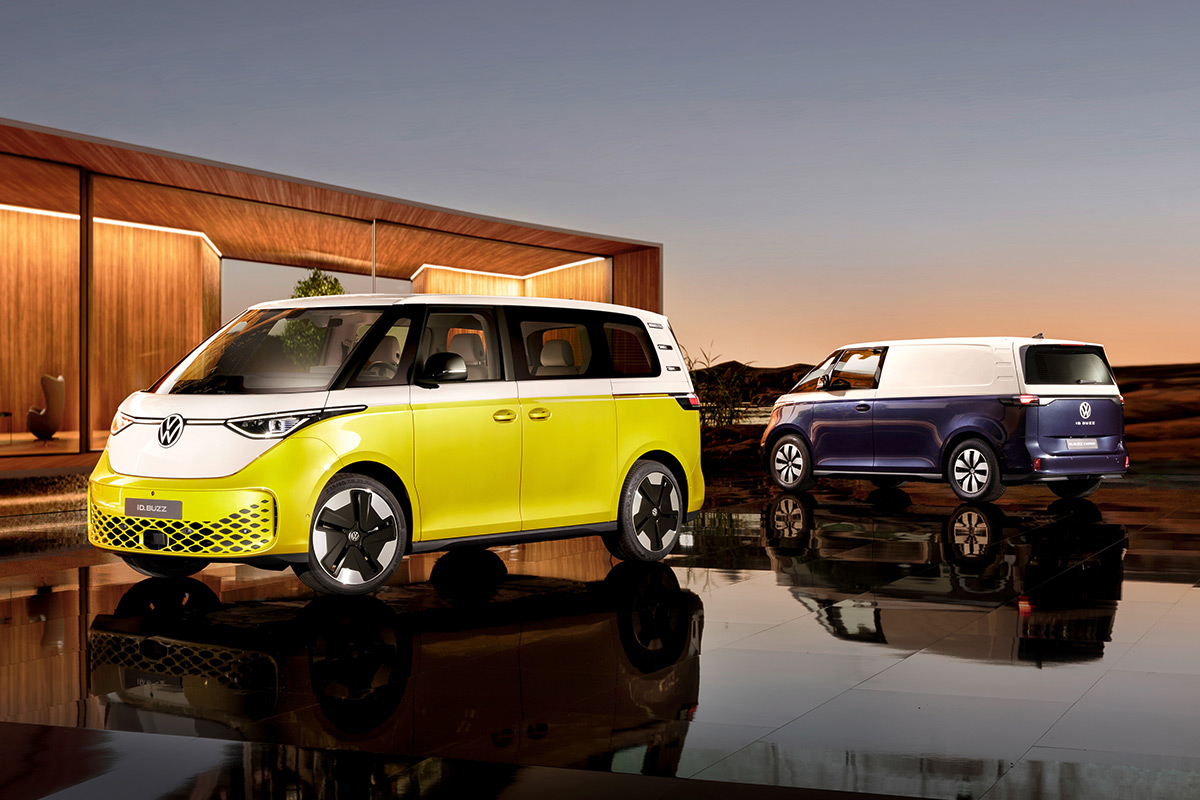
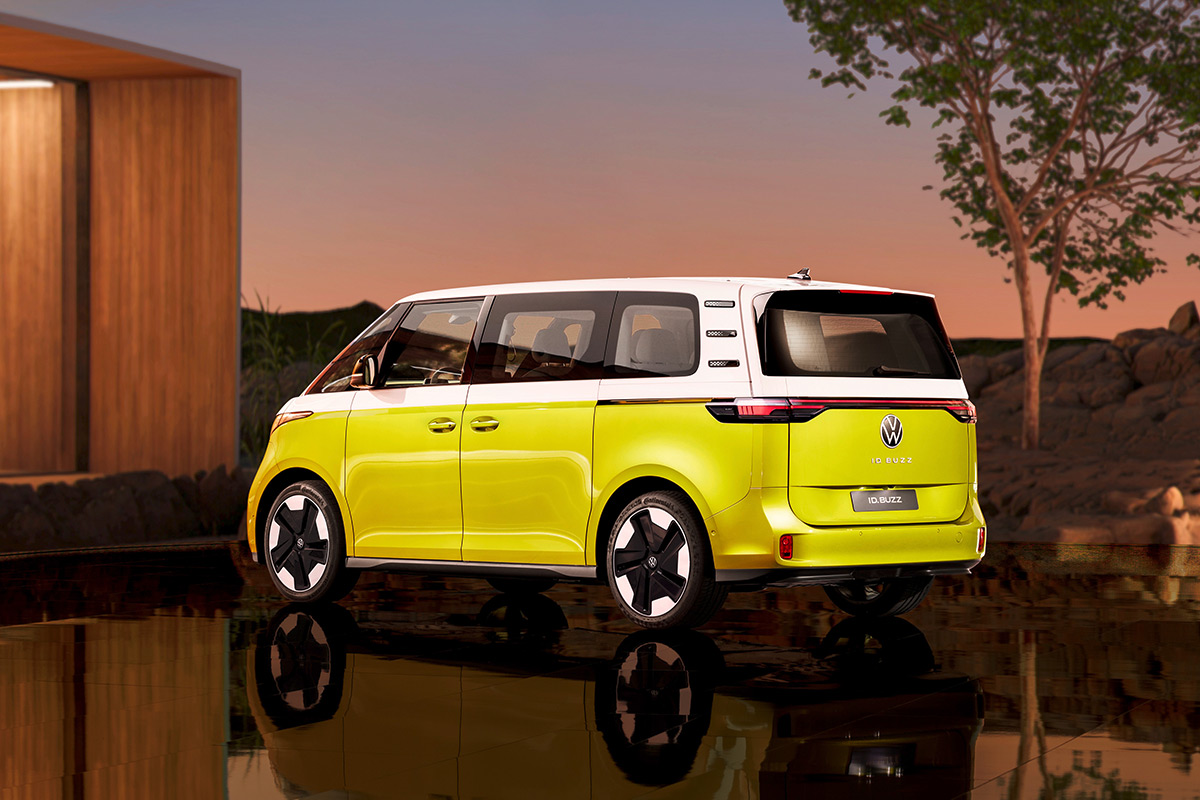
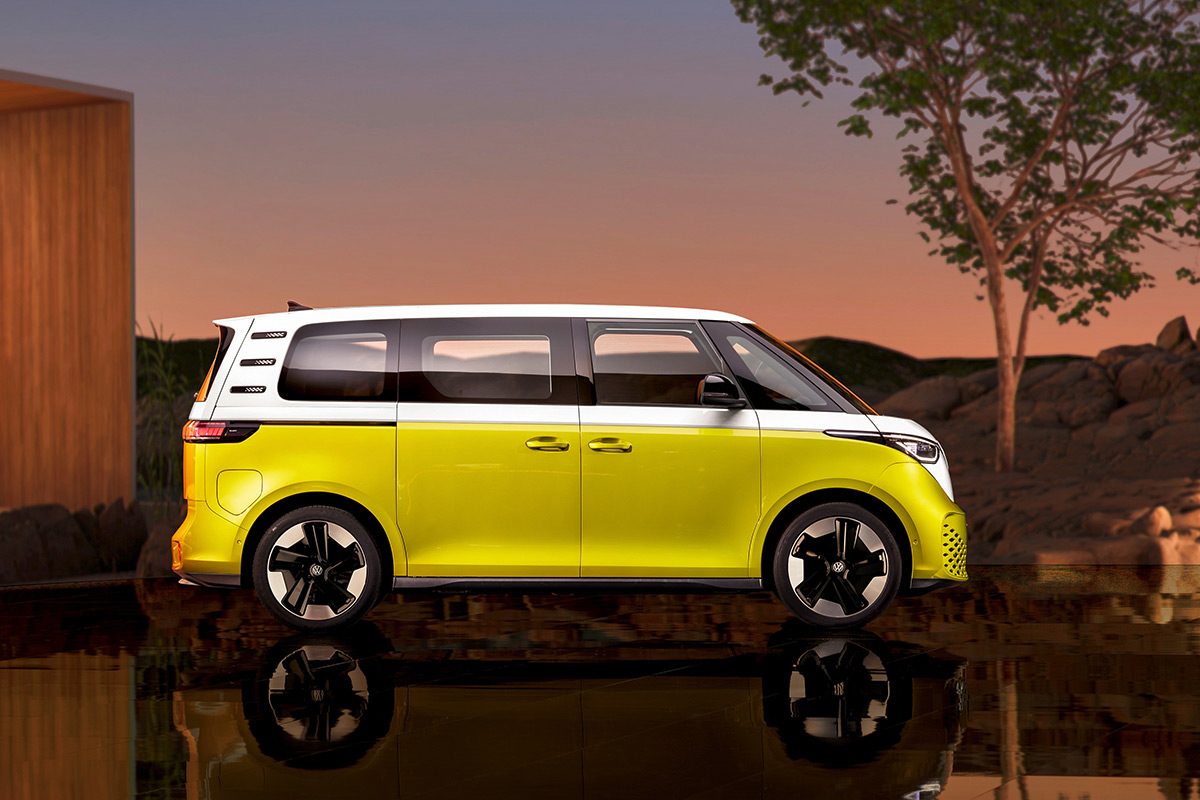
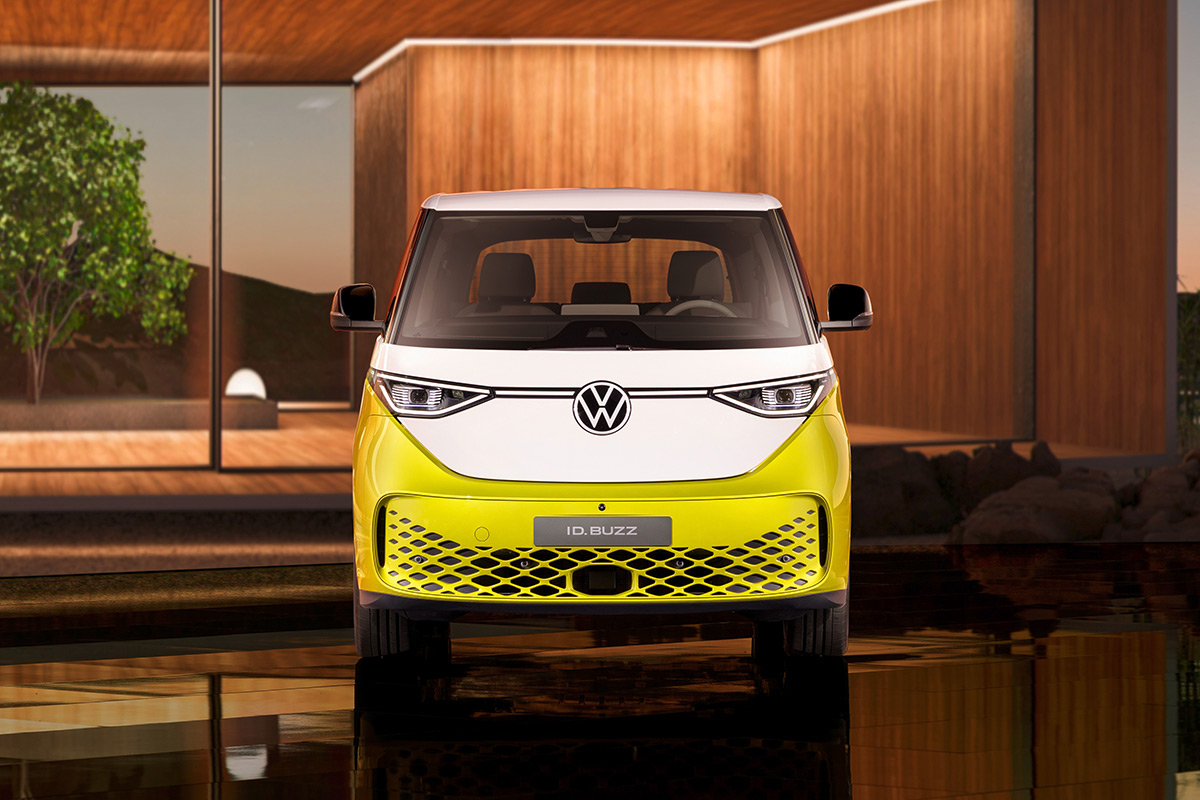
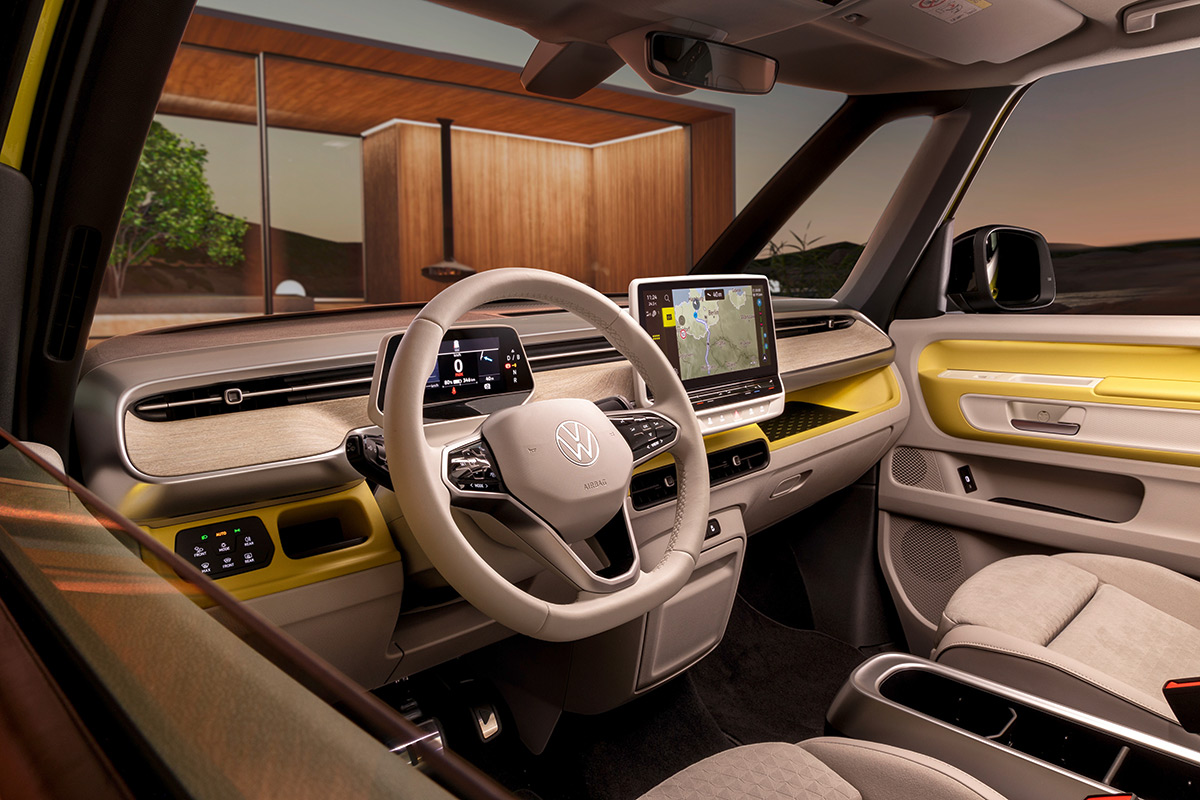
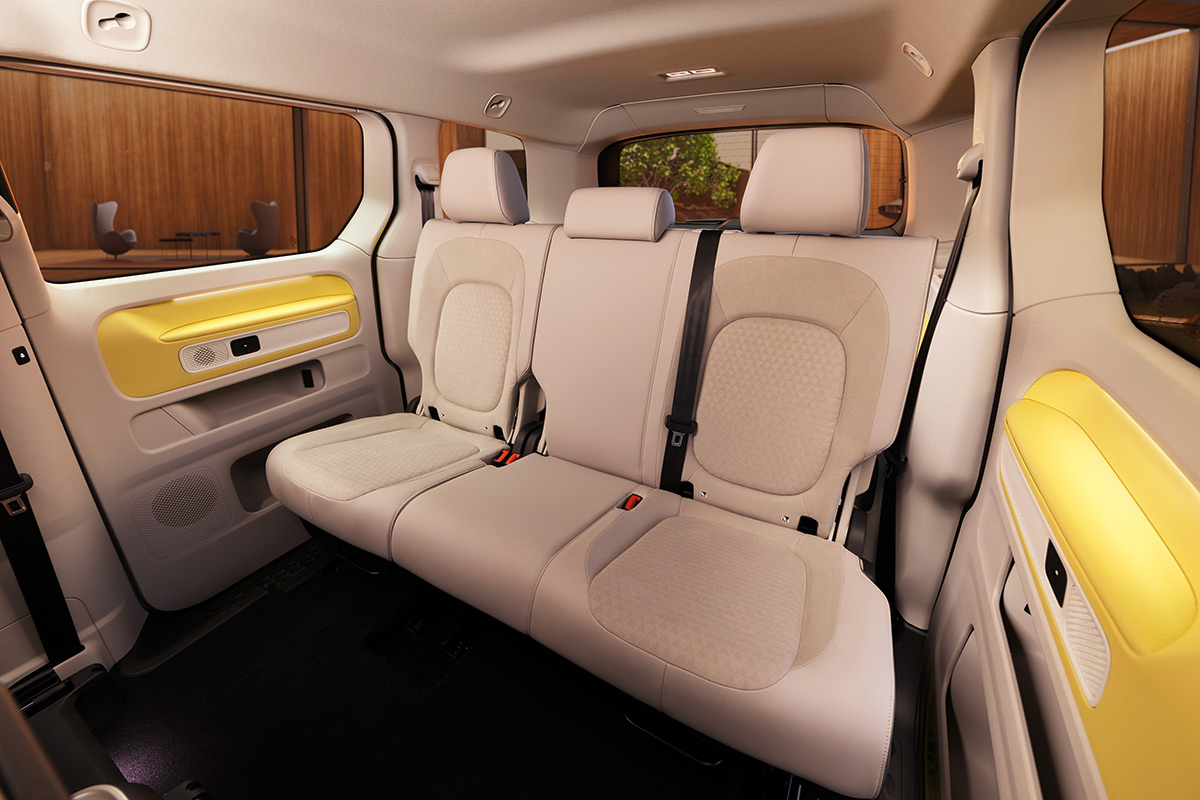
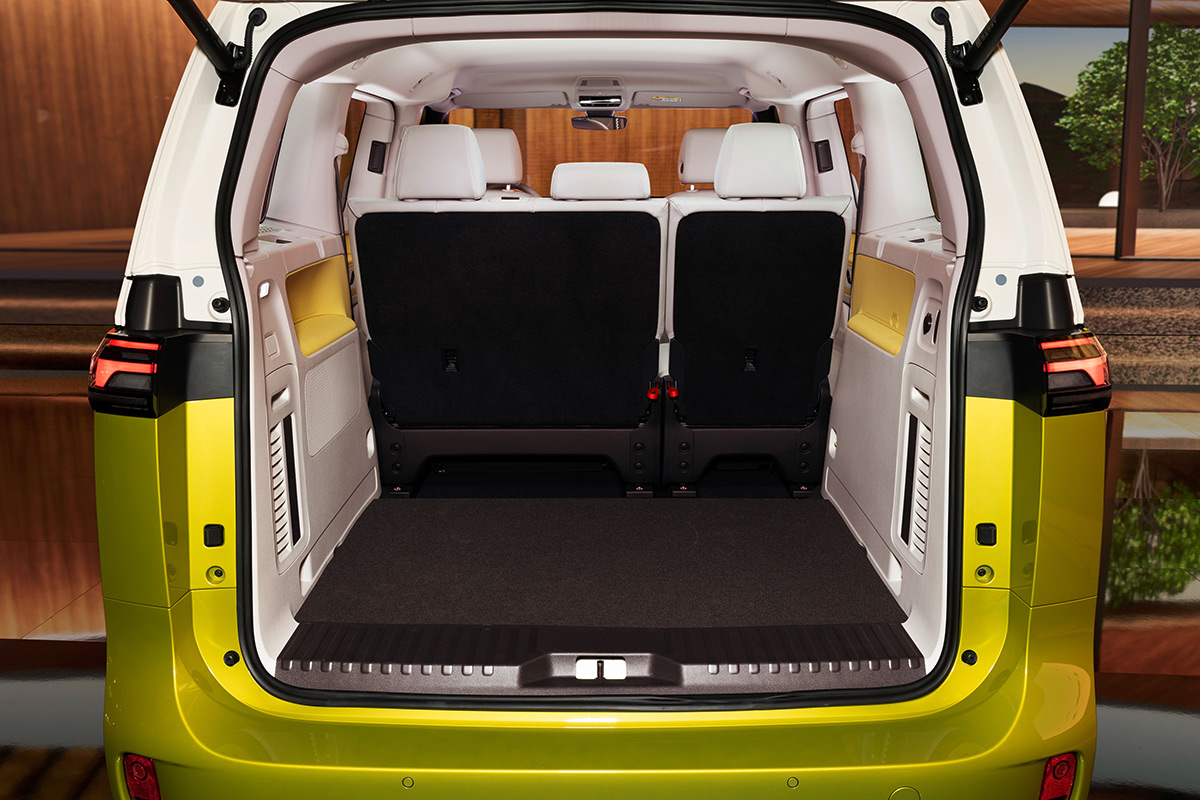
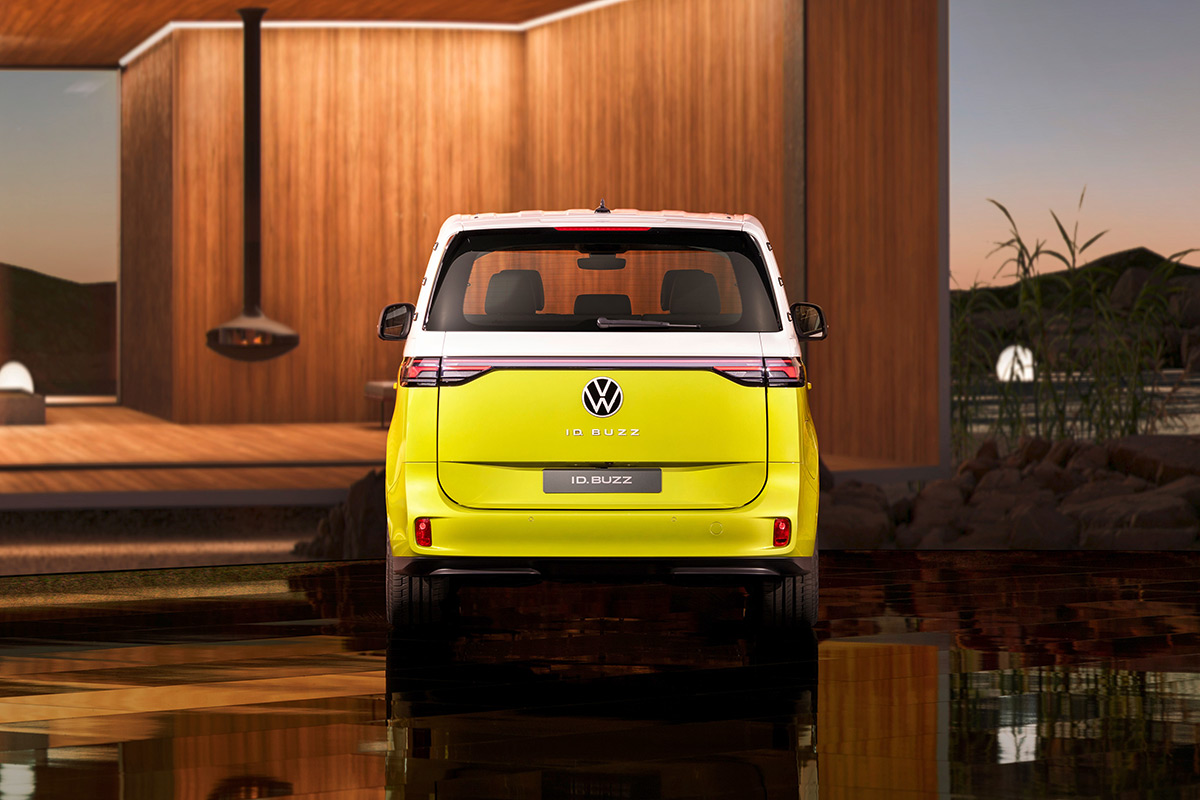














Recent Comments